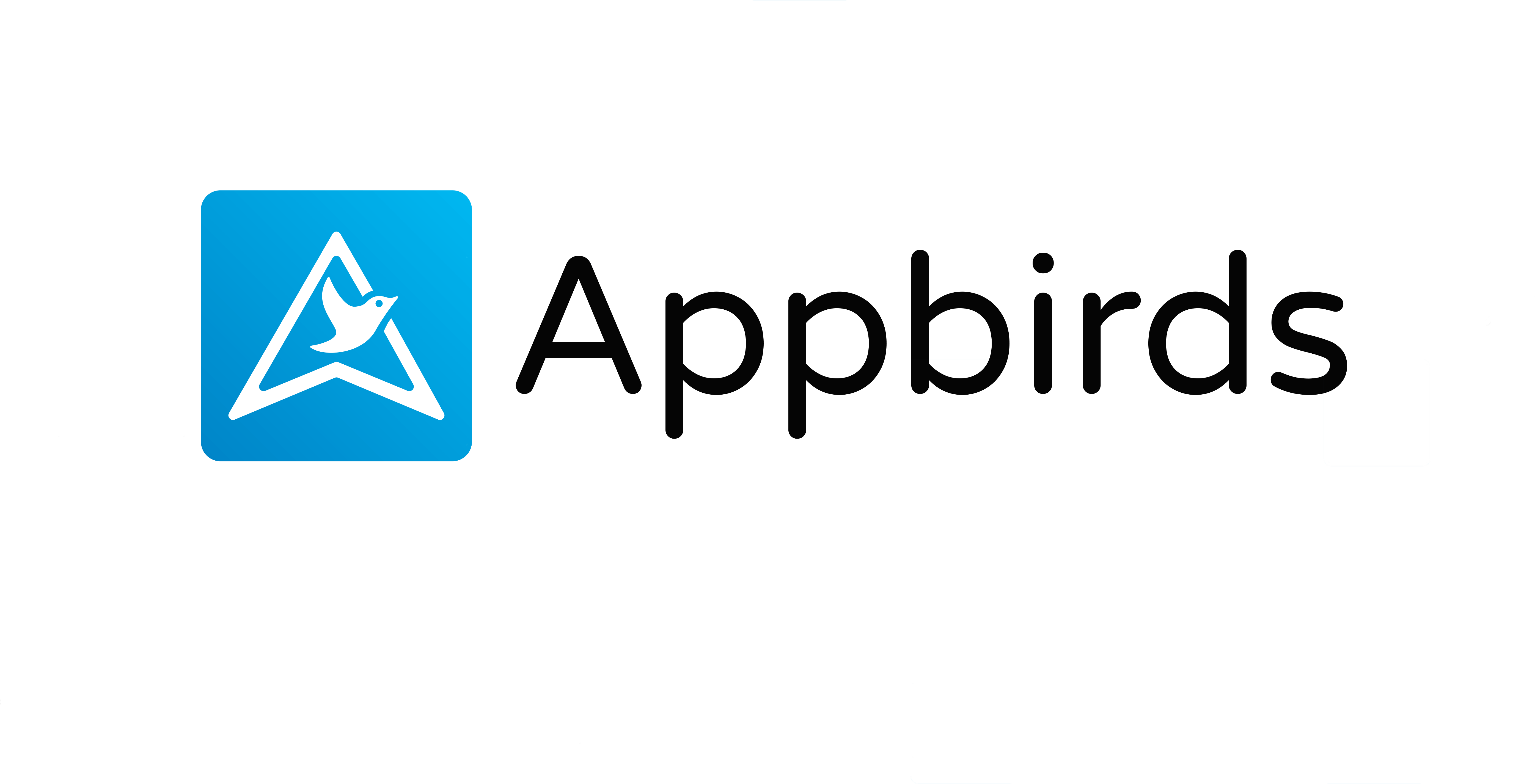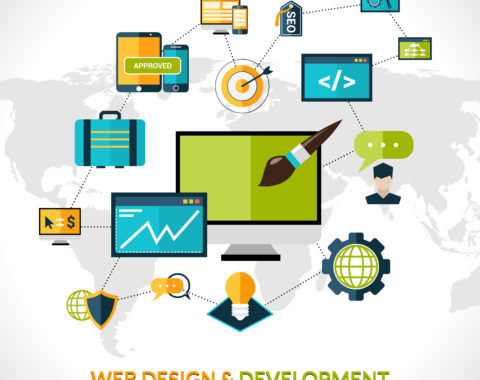The next generation of UI design tools will fully integrate design and coding to provide designers and developers with a unified experience.
Since the initial cycle of Adobe Photoshop, which was meant for photo editing rather than building dynamic user interfaces, UI design tools have gone a long way. Today’s tools, such as Adobe XD, Figma, and Sketch, have made our jobs easier and faster.
However, inefficiencies abound in our daily workflows, and we are wasting valuable time and money when we might be building things that people want to use. Today’s design programs are better than what we started with. But they fail to rely on current technology, preventing us from reaching our full potential as UI designers.
It’s time for a new generation of user interface tools.
Integrating Design and Code
Future user interface tools will integrate design and programming to provide designers and developers with a more seamless experience. Our current tools do not assist us in designing web UIs; rather, they assist us in designing abstract representations of web UIs. Mock-ups created in Figma and Sketch are separated from the original code.
Many designers today understand the fundamentals of HTML and CSS. Some enthusiasts design in code, but this is ineffective for complicated projects; designers must be capable of quickly examining proof of concept before committing to it.
Visual Studio Code is a tool for software developers that integrates code editing and development and allows engineers to create, test and debug code all in the same environment. Designers, however, require a visual-development environment that gives complete design capabilities while still producing production-ready code.
Here’s what the future holds up for us.
Parallel Creation Will Replace Designer/Developer Handoffs
There is an insane amount of back-and-forth between designers and developers, particularly during the handoff phase. Handoff can be so time-consuming and tiring in some circumstances that the quality of work suffers. Developers will no longer be entirely responsible for creating UIs, thanks to next-generation design tools. Which interact with the source code. Instead, they will be free to concentrate on designing the logical architecture that connects a product’s user interface to its back end and allows it to function effectively.
Designers will set the groundwork for UIs with code baked in, and developers will build on this code to bring products to life. Designers will no longer have to bug developers with requests like, “Please add 16 px of padding instead of 8 px, as seen in the mock-up.” Furthermore, developers will not have to pause to consider design issues such as “How should this component scale between tablet and desktop breakpoints?”
Instead, designers and developers will collaborate on more important concerns like whether a design approach is feasible given budget and time constraints, or whether all of a UI component’s states have been addressed.
Design UI Tools and Developer Software Will Align
To generate design components, current tools rely on custom programming models. These models are often less robust than CSS and do not allow designers to see the auto-generated code underlying their design files – code that must ultimately be converted to HTML, CSS, or JavaScript. It would be much easier if our tools supported HTML and CSS natively.
CSS, for example, uses the box model, which calls for arranging HTML elements on each page within a box with code defining its height, width, border, and padding. With its auto-layout tool, Figma gets close to giving this capability. However, if Figma used the box model, which is already used by the majority of online UIs, developers would need to translate and export less.
The same can be said for style inheritance, which controls what happens when no style is specified for a certain element—much like a default. CSS makes use of it, but most design tools that were not designed to be web-specific do not.
We require our tools to generate web views rather than static templates or mock-ups. HTML and CSS simulators are unneeded. HTML and CSS are required.
Next-generation design tools will directly interface with the source code. Removing the need for throwaway deliverables and allowing designers and developers to collaborate on the same deliverable: the source code.
Mock-ups Will Become Obsolete
Let’s get rid of mock-ups instead of throwing them away.
Mock-ups leave too many unsolved questions. It is impossible to create one for every digital environment. Designers now create layouts for screen sizes of 320 px, 834 px, and 1440 px; however, what happens if a portion of the layout fails on a 1220 px viewport? And why not optimize for 375 px, which is the standard size for today’s larger phones?
Creating an artboard for each scenario is impractical, especially when all breakpoints and perspectives are taken into account, not to mention dark themes. Designing for all of these variables vastly increases the number of templates.
Mock-ups are sometimes a waste of time and money. They take longer to build and have lost popularity in digital product design. Webflow has ditched mock-ups in front of responsive, interactive prototypes. (Unfortunately, Webflow is restricted to web-based solutions and simple webpages.) Throwaway deliverables may make sense during the idea phase, but they are a waste throughout the solution phase.
Real Data Will Replace Placeholder Content
Designers not only construct components for many states, but they also design for a wide range of data. UI designers must be able to test their components with the actual input—the copy, images, dates, names, titles, and other information that will eventually populate the components in their designs. Designers may now only simulate data by physically copying and pasting it into templates, which is a time-consuming process. There are plugins that can assist in automating this procedure, but they are time-consuming.
Asking developers to analyze how components handle data is also not an option. It is too late to redesign components by the time they reach testing. And how would designers know whether a card works with a big title – or no title at all? If they can’t test and iterate components using real data? How will they learn that a font does not support Arabic characters or that a website does not support languages read from right to left?
Also read: Give a competitive edge to your startup business with AppBirds mobile app development services
Edge-case Testing Will Become Easier
Designers will be able to better predict edge cases when UI tools ultimately respond to all states and enable actual data testing. Designers will stress test a component’s many states, bombarding it with different data to evaluate how it works in different scenarios. As a result, the UI will become the domain of the designer, freeing developers to focus on tasks like resolving the JavaScript or testing the APIs.
I compare the current state of product development to a kitchen. In which one chef tries to create a meal by telling another chef what to do: it might succeed. But it will take far longer and be far less efficient. Various Companies are working on code-based design tools. The widespread use of these tools will represent the start of a digital-product creation revolution.
So, the Best UI Design Tools for the next generation are mentioned above clearly. Hope the information will help you. If you want to create your business presence in the form of appealing and eye-catching designs that attract the attention of your potential customers. Our creative and talented team of user interface designers can help businesses upgrade their websites and keep ahead of the competition. With AppBirds’ extensive selection of best UI/UX design services, you can give your target audience a unique and appealing look. Kindly leave your requirements here. Thanks!



